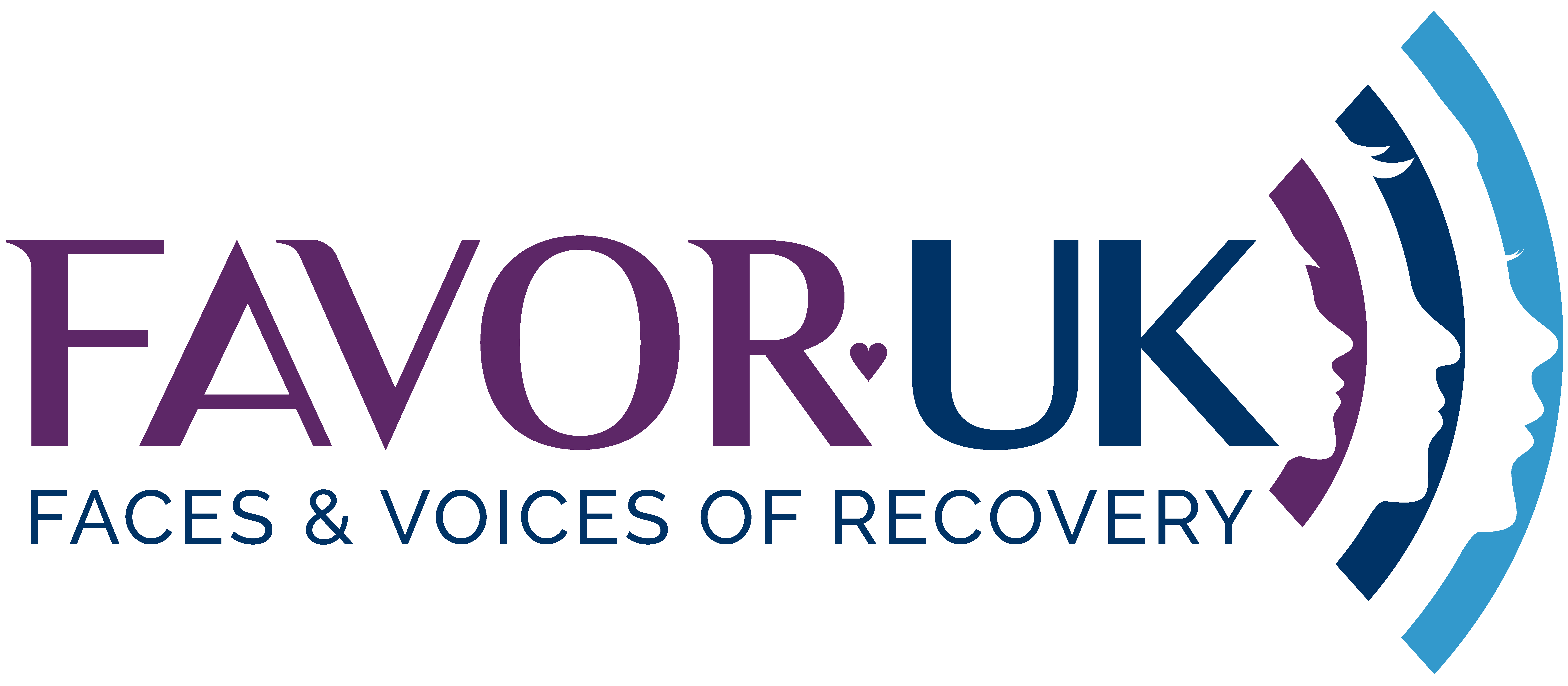Scotland’s recent decline in drug-related deaths, from a peak of 1,264 in 2019 to 1,051 in 2022, initially appears to be a step in the right direction. However, this offers little solace to the thousands of loved ones who are currently grieving, both in this year and those that have already passed. Beneath the surface lies a stark truth: the journey towards substantial change remains challenging & Scotland people continue to bear the brunt of a dearth of access and choice of services. The sobering fact that Scotland’s drug-related death rate is still almost three times higher than that of England and a staggering 15 times higher than the European average emphasises the need for a deeper perspective. It is also worth noting that it is still our friends in our poorest communities who are dying in the highest numbers.
It’s vital to understand that a decrease in deaths doesn’t equate to acheivement when the baseline statistics of people who are dying are already deeply concerning. This calls for an exploration of the factors driving these improvements and how they relate to Scotland’s approach to addiction treatment.
The evolution of Scotland’s drug crisis response is a story of contrasts. With an array of exceptional harm reduction interventions and a workforce rich in addiction expertise, the question arises: why do the numbers remain high? The answer lies in the shift towards a more comprehensive recovery-oriented approach. While harm reduction strategies address immediate harm, they must be complemented by a focus on facilitating lasting recovery.
Recent years have witnessed the emergence of a small investment in recovery-focused community organisations such as Non Profits, Recovery Coaching Scotland Training down in the borders and Bluevale Community Club over in Dennison & Haghill, along with the dedicated advocacy service by FAVOR UK. It’s worth highlighting that these projects only started receiving a little funding in 2021. Although it is too early to claim a trend, this timeline says it is possible that there is a correlation between investing in community-driven initiatives that promote well-being and a notable positive shift in our approach to treating people with addiction. This connection underscores the imperative to further develop and build upon this investment to create a lasting impact on our society. Recovery Community organisation’s have a large part to play in the healing of our communities.
The stark disparity between addiction experts and recovery specialists on the ground and in leadership roles has long hindered Scotland’s ability to address the root causes of addiction effectively. The imbalance in resources and attention must be rectified for holistic recovery to take precedence over mere symptom management.
Notably, accessing residential rehab facilities in Scotland has been a challenge despite well-established harm reduction interventions and a knowledgeable workforce. The odds stacked against individuals seeking rehab highlight the urgency for comprehensive reform. Initiatives like recovery coaching and community clubs, backed by focused advocacy efforts, bridge this gap and pave the way for accessible, long-term recovery solutions.
While the progress is promising, there remains a crucial need to direct more resources towards expanding residential rehab and detox facilities.
For the 18, 060 problem drug users & 132,955 problematic alcohol users in the Greater Glasgow & Clyde area, there are only 23 publicly funded rehab beds.
This means only one person in every 6565 will get the chance to go to rehab.
These vital components of the recovery landscape can provide individuals with the intensive support and structured environment necessary for long-term healing and transformation. The dearth of accessible options highlights a gap that demands urgent attention and funding.
In this context, initiatives like the “Right to Recovery” bill gain even more significance. This proposed legislation could serve as a cornerstone for comprehensive reform, ensuring that individuals have equitable access to a range of recovery-oriented services. The “Right to Recovery” bill holds immense potential, not only for expanding access to recovery-oriented services but also for safeguarding the essential harm reduction initiatives that currently exist. By enshrining these measures in law, the bill would provide a sturdy foundation to ensure that vital harm reduction efforts are protected from future funding cuts that could otherwise jeopardise their impact and effectiveness. This dual function of the bill underscores its significance in both enhancing recovery pathways and preserving the critical harm reduction strategies that play a crucial role in reducing immediate harm. By supporting and championing such initiatives, we can build a future where every person struggling with addiction has the opportunity to recover, rebuild their lives, and contribute positively to our communities.
As we dissect the decrease in drug-related deaths, it’s clear that the newfound focus on recovery-oriented initiatives is bearing fruit. The correlation between funding these projects and observing a decline in deaths underscores the need for ongoing investment. The positive impact of these endeavors not only offers hope but also validates the importance of a comprehensive approach that addresses both harm reduction and recovery.
In conclusion, Scotland’s journey towards reducing drug-related deaths is marked by encouraging progress. However, we have to consider that this progress has been catalysed by recent investments in recovery-focused initiatives. The correlation between this investment and the observed decline in death rates signifies a shift towards a more compassionate and effective approach. To truly build on this momentum and bring about lasting change, continued support for recovery-oriented projects is not just a small investment but a critical imperative. By nurturing these initiatives, Scotland can pave the way for a brighter future where individuals can escape the clutches of addiction and embark on a path of meaningful recovery.
Annemarie Ward
CEO

